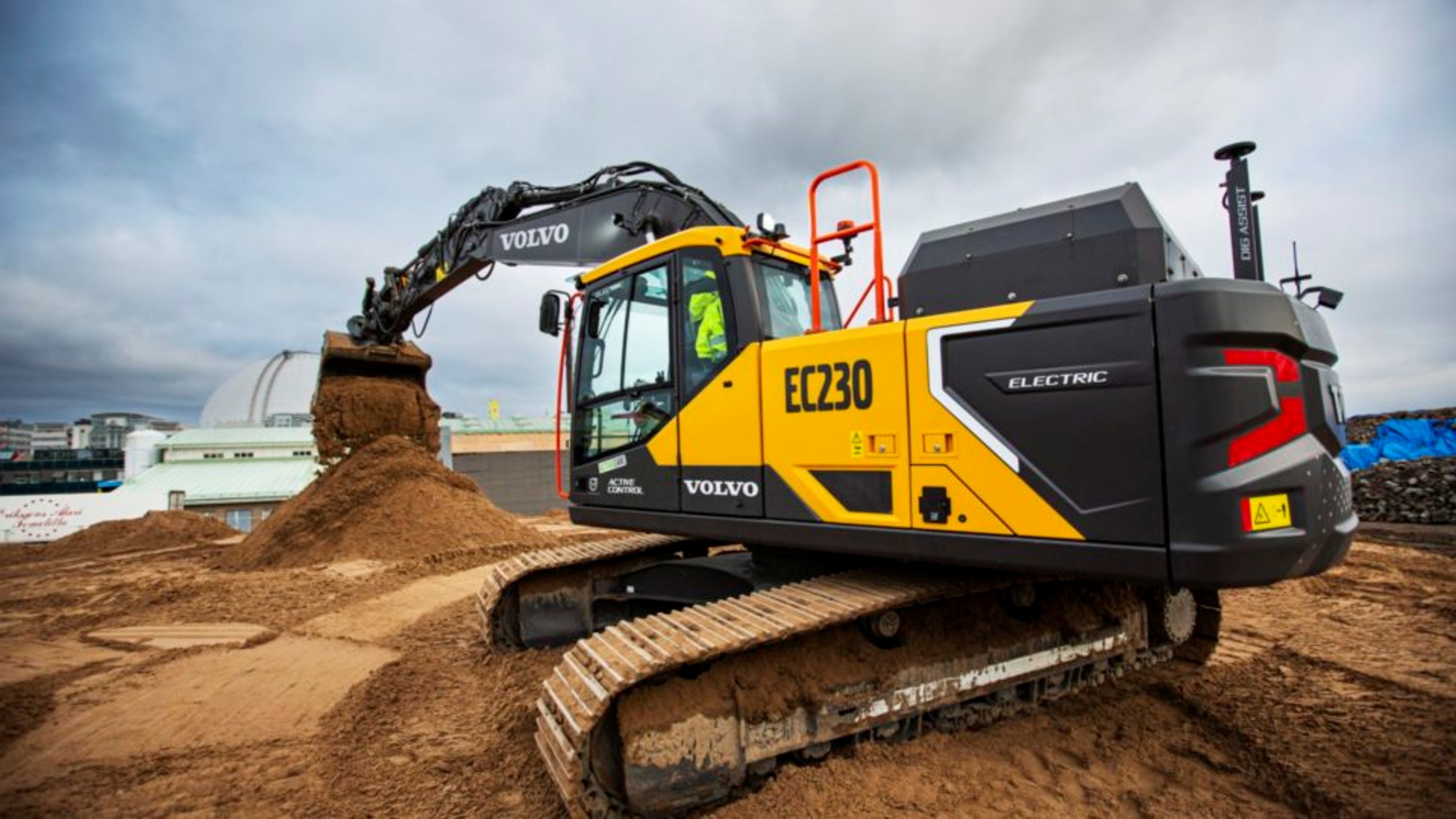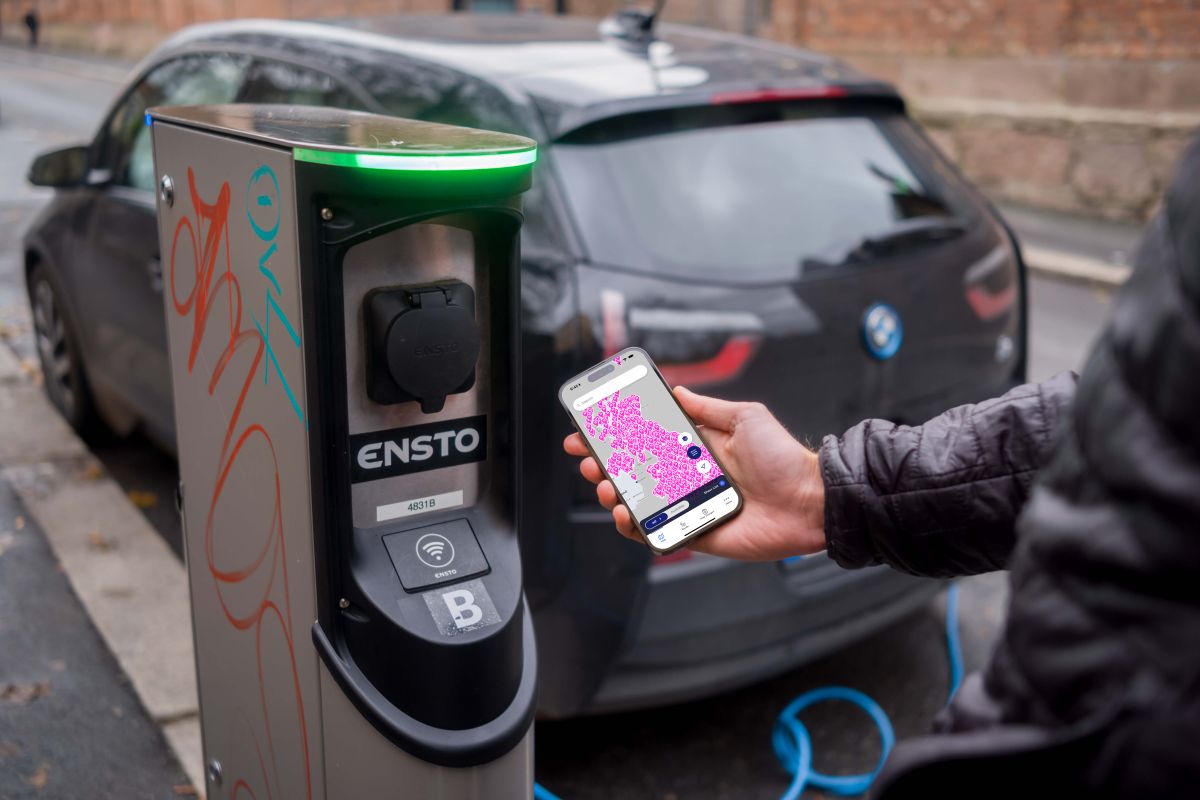TL;DR
The UK’s Definitive List of Electric Excavators for 2025
Quietly digging for a cleaner future
If you’ve ever stood next to a diesel excavator in a city centre, you’ll know it’s like having a small lorry idling beside your ear while puffing out exhaust. Construction sites are the next big frontier for cutting emissions and noise. And as cities tighten air-quality standards, and local authorities demand cleaner kit, excavators are finally getting their electric moment.
This isn’t about hype. It’s about practical machinery doing tough jobs more quietly, more efficiently, and without the fumes.
Why We Need Low-Carbon Excavators
Construction accounts for a meaningful slice of urban emissions, not just carbon, but also nitrogen oxides and particulates. Those diesel diggers we all know and love? They’re brilliant at moving earth but dreadful for air quality.
Electric excavators:
- Cut emissions to zero on site (ideal for city and tunnel work)
- Slash noise pollution, you can literally talk next to one
- Save on idling costs, instant torque means no wasted fuel
- Enable longer operating hours in sensitive or residential areas
And of course, operators like being able to hear themselves think again.
Who’s Leading the Charge
The shift isn’t theoretical anymore. It’s underway, from Yorkshire to Yokohama.
- Volvo Construction Equipment: leading the pack with the ECR25, EC18, ECR18, EC55 and the new EC230 Electric (a full-fat 23-ton class machine).
- JCB: the British stalwart with its 19C-1E, one of the earliest electric minis now seen on UK rental fleets.
- Bobcat: E10e and E19e proving popular in confined spaces like city basements.
- Takeuchi: the TB20e, distributed via Sunbelt Rentals and others.
- Wacker Neuson: EZ17e, fully electric mini, designed for urban use.
- Hitachi Construction Machinery: ZX55U-6EB (5-ton) and ZX85-6EB (8-ton), used in European fleets.
- Komatsu: PC30E-6, production model for Japan and Asia.
- Yanmar: SV17e, available in Europe.
- SANY: SY19E, production electric mini.
- LiuGong: 9027F-E, available to order.
- HD Hyundai Construction Equipment: 1.9-ton electric excavator already in production.
That’s at least 15 production electric excavators across multiple classes and continents, and growing.
The Benefits Beyond Carbon
Electric excavators aren’t just about CO₂ reduction. They bring surprising perks:
- Operator comfort: Less vibration and heat.
- Predictable maintenance: No engine oil, filters or belts.
- Energy recovery: Some models use regenerative braking on the boom.
- Cheaper to run: Particularly when charged off-peak or on-site renewables.
For contractors working near hospitals, schools or in night-time operations, this is a complete rethink of what’s possible.
Hidden Nuggets
- Reduced downtime: Electric machines can work indoors without ventilation systems.
- Fleet management: Digital monitoring of energy use is now standard.
- Charging ecosystems: Fleet operators are linking their construction kit into broader EV charging networks — think Paua for plant.
Hydrogen vs Electric: The Reality Check
Let’s be clear, hydrogen has promise. It carries more energy per kilogram, can refuel quickly, and may one day power large, off-grid plant where batteries are impractical.
But in 2025:
- Electric excavators are in production.
- Hydrogen excavators are not.
Who’s working on hydrogen?
- HD Hyundai Construction Equipment: developing the HW155H hydrogen fuel-cell excavator, with mass production slated for 2026.
- JCB: pioneering a hydrogen combustion engine concept, not yet a production excavator.
- Komatsu: testing hydrogen fuel-cell concepts, no commercial release announced.
So yes, hydrogen may power the heavy end of the market eventually. But electric has already started work on site, quietly, cleanly, and right now.
Conclusion: The Future’s Plugged In
The story here isn’t “hydrogen bad, electric good.” It’s simpler. One is real today, and the other is coming soon.
As we build the next generation of cities, railways and infrastructure, the machines shaping our environment should no longer poison it. And the unmistakable hum of an electric excavator is quickly becoming the new sound of progress.
Powering Every Plug-In Fleet; From Cars to Construction
At Paua, we charge all classes of electric vehicles, from cars and vans to trucks and buses, at home, at work, and on the road. As we help fleets transition to zero-emission transport, we keep a close eye on every new plug-in technology, including electric excavators. We’ve yet to charge one on our network, but with over 65,000 public connectors across the UK, it might not be long before these powerful machines plug in too.
Paua: One app. One card. One bill. All vehicles.
Paua keeps your fleet connected , whether you’re driving to site or digging it.





